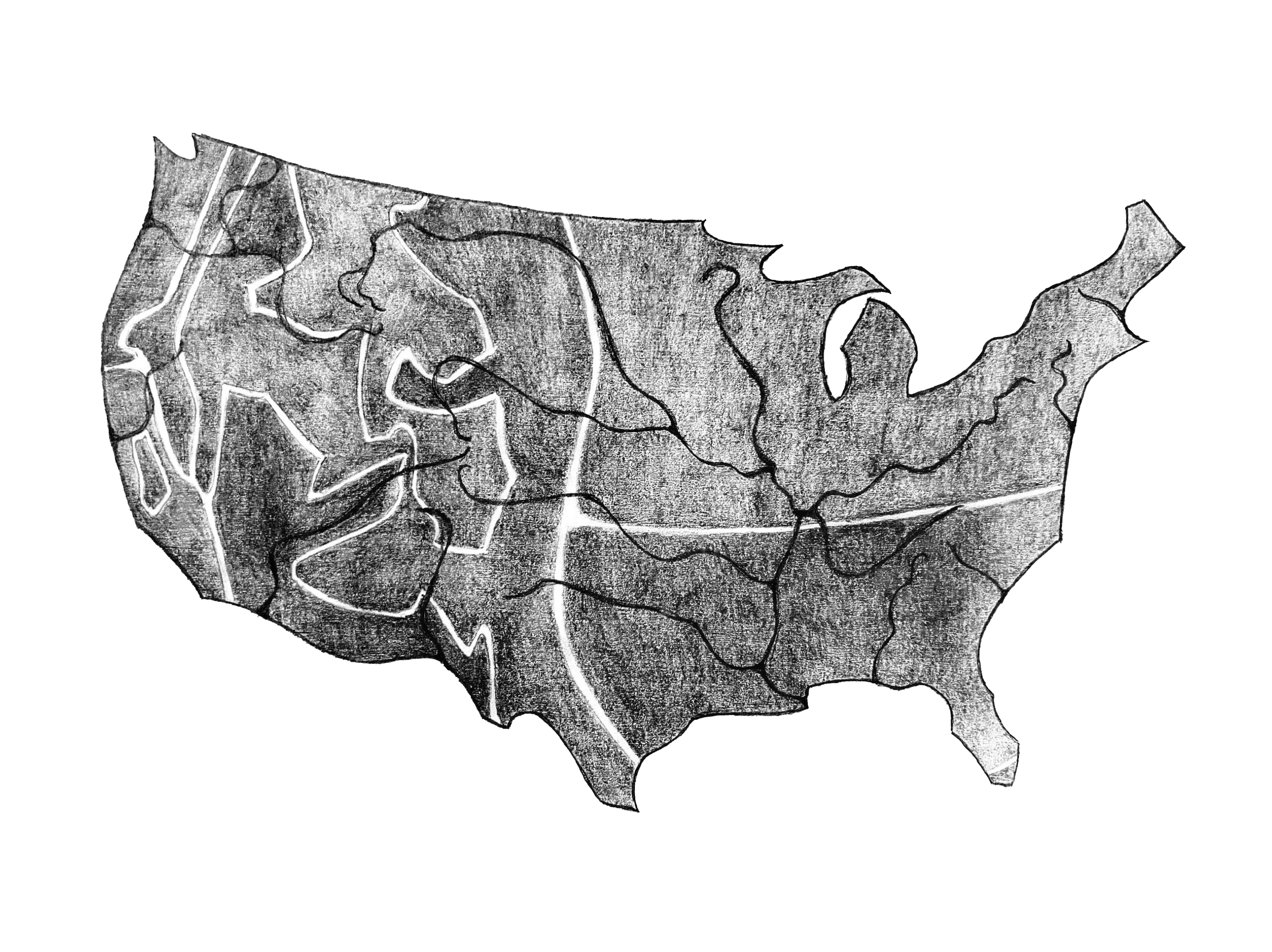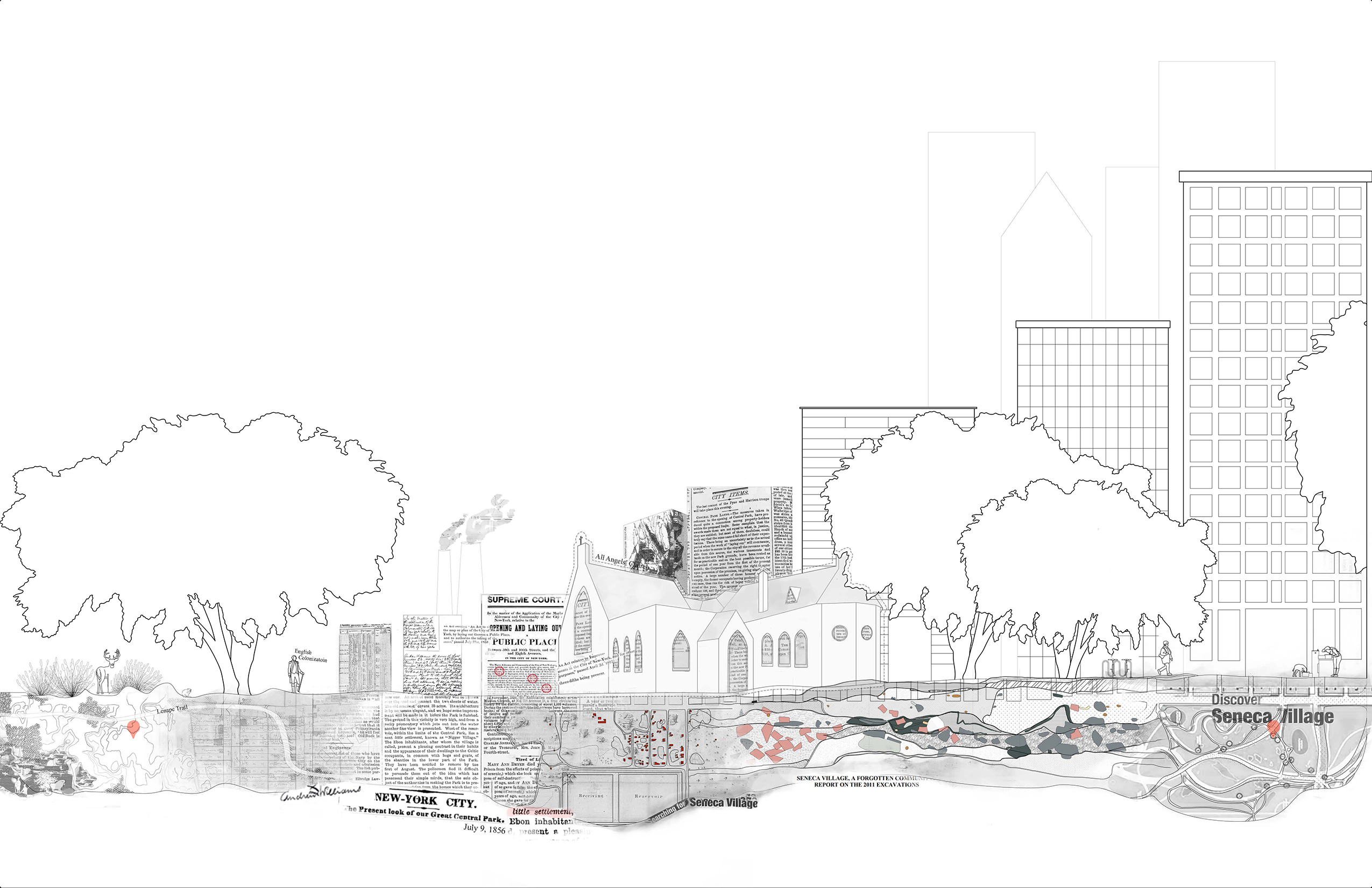Site of...
Kent State University, College of Architecture and Environmental Design
Javier Alvarado, Natalia Burmeister, Mario Coachman, Stephanie Dempsey, Dominic Didado, Rin Finnick, Jordan Haywood, Eleni Katsas, Nicole Lanese, Talia Longberry, David Marszalowski, Andrew McIntire, Sahvanna Morris

What is “site”? To architects it is the base and start of any project, it can be cleared ground, existing infrastructure, an entire city block. It is the boundary, the past and present geological, social and political conditions, it represents both horizontal and vertical delineation. All sites first exist as places, containing collective memory, histories, stories of occupation, production, displacement, conflicts, that are often appropriated as “context” to be used or ignored as necessary by architects and developers for gain.
All of the United States, North America (Turtle Island) is stolen land, not just as a past result of settler colonialism, but as a present and future product of white supremacy and capitalism. What does this mean for architects, how (or) do we build on sites that were and are places that do not belong to most of us? That aren’t truly vacant or unoccupied, but are places of rich and sacred significance and resources?


Rin Finnick, Ground as Organism

